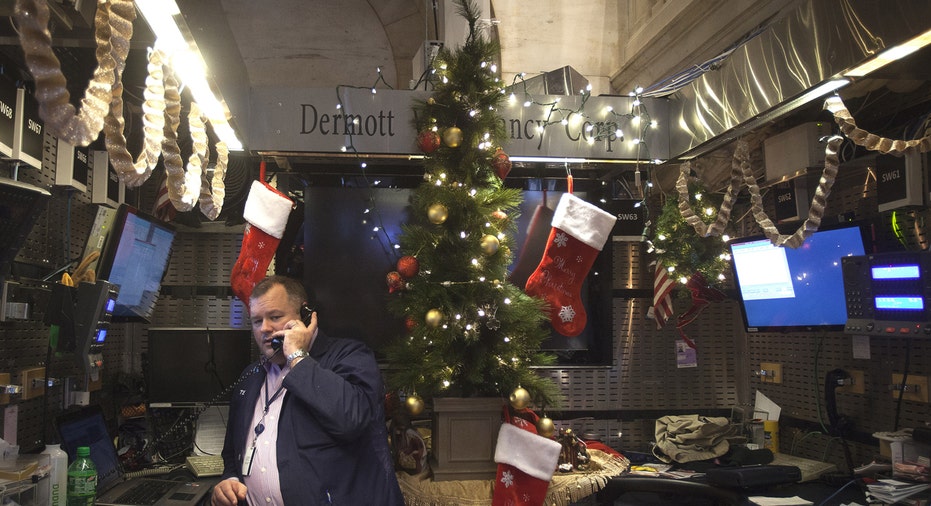The Allure of Off-the-Rack Market Consensus

The clock struck half-past midnight. In the tiny office at the back of ABC investment house, Mathew Lawrence – a 30-year investment guru – lounged across the table, shuffling multiple versions of his 2016 market forecast. The investment house was grand with its high-paneled walls, cast-iron fireplaces, and oil portraits – producing a spontaneous outpouring of 19th century sentimentality. The reception area appeared cheering at night – losing that disagreeable raffish atmosphere of the day to one more contemplative and deep.
Lawrence stared long into the emptiness pondering any reason why anyone should listen to him, his firm, or anyone for that matter. It was the praxis of a market prophet to uncover the market clues by shining lights in dark spaces, to sense the trap doors, to be able to squint at the leaden sky and sense sunshine, to separate theory from prejudice. Yet once again another year passes - one where this college of market gurus has failed to predict anything correctly.
His mind reflects back to the decades of glaring “misses” by consensus. The U.S. stock market collapse “Black Monday” in October 1987- the precursor of extreme volatility in the equity markets. Or in 1994 when the U.S. bond market collapsed and was snappishly followed by six short-term rate hikes; once again demonstrating that extreme volatility is not solely the domain for equities but can and has affected other asset classes.
After a couple years of lethargies, foreign exchange volatility hit the roof in 1997 as the Asian financial crisis ultimately wiped away more than two-thirds of the dollar capitalization of equities in Korea, Indonesia, and Thailand. In 1998, Russian debt default detonated a combustible round of crisis and wound up taking down the pedigree hedge fund known as Long Term Capital Management.
In 2000, the sun set on the NASDAQ, imploding the values of internet and technology that had no precedent. The term “Great Recession” applies to both the U.S. recession – officially lasting from December 2007 to June 2009 – and the resultant global recession in 2009. The economic slump began when the U.S. housing market went from boom to bust and large amounts of mortgage-backed securities and derivatives lost significant value.
In 2015, the algorithms, mathematical models, and good intentions once again proved nettlesome. It was unfathomable to think that no one foresaw Switzerland’s mid-January depreciation, China’s devaluation in August, or the back-to-back collapse in commodity prices.
Now Lawrence was expected to soothe his clients on 2016 consensus estimates of “muted returns in the U.S. equity market, strong U.S. dollar and a continued commodities collapse”. How much longer will it be before society catches on to the fact that even the best intentions cannot take societal fragments and muddle them together into a reliable pattern? That throwing a dart against a dartboard has an even track record against an analyst, economist, or forecaster? He felt like a fraud.
Humans feel comfortable wrapped up in a context of predictability. Imagine the uneasiness of a major-league baseball season without the natural partitions of spring training and the World Series? Or, the chaos of unstandardized time zones, calendar months, or even railroad stops. We need and desire border stones to help us hedge the risks of capriciousness. We need consensus even when somehow we know it’s “off-the-rack” and not worth the paper it’s written on. Mine is published on January 31.



















